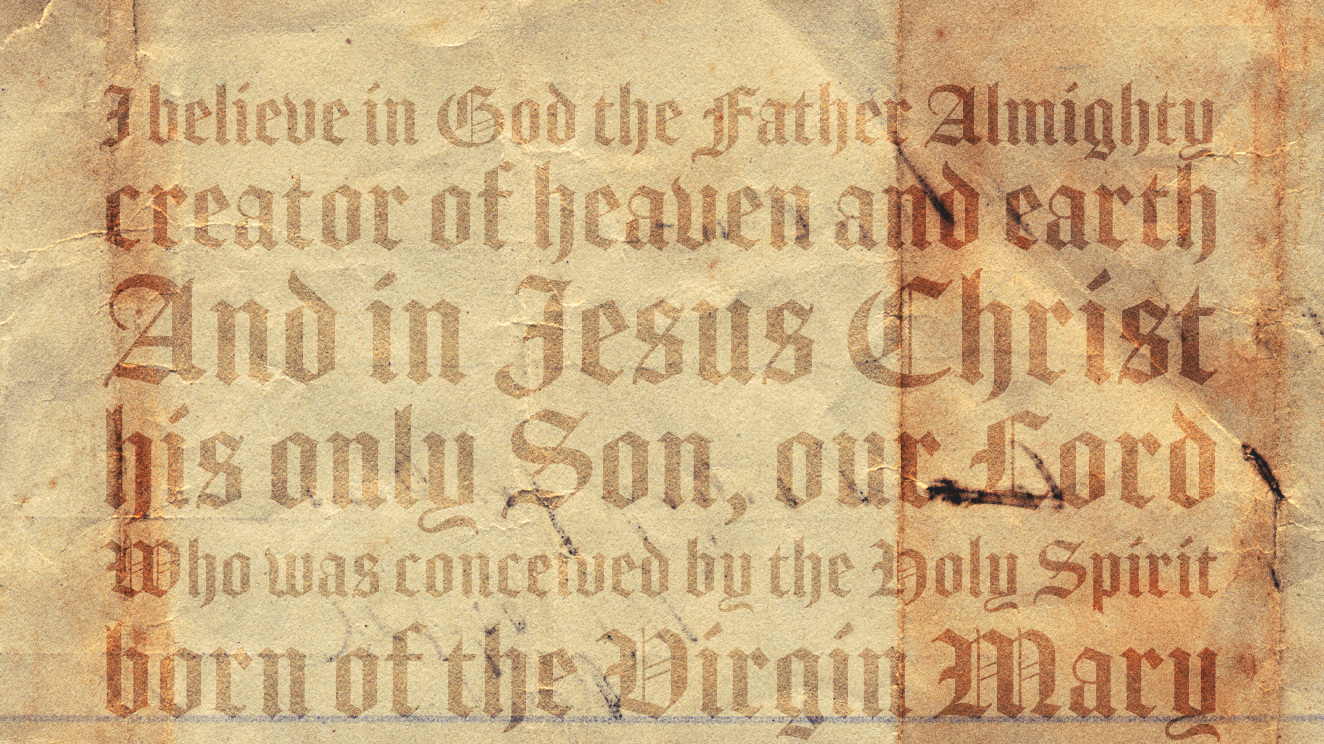
Once when the snow of the year was beginning to fall,
We stopped by a mountain pasture to say, ‘Whose colt?’
A little Morgan* had one forefoot on the wall,
The other curled at his breast. He dipped his head
And snorted at us. And then he had to bolt.
We heard the miniature thunder where he fled,
And we saw him, or thought we saw him, dim and grey,
Like a shadow against the curtain of falling flakes.
‘I think the little fellow’s afraid of the snow.
He isn’t winter-broken. It isn’t play
With the little fellow at all. He’s running away.
I doubt if even his mother could tell him, “Sakes,
It’s only weather.” He’d think she didn’t know!
Where is his mother? He can’t be out alone.’
And now he comes again with a clatter of stone
And mounts the wall again with whited eyes
And all his tail that isn’t hair up straight.
He shudders his coat as if to throw off flies.
‘Whoever it is that leaves him out so late,
When other creatures have gone to stall and bin,
Ought to be told to come and take him in.’
*A Morgan is a distinctly American breed of horse, said to be common in Vermont.
Before getting to the subject of this delightful little poem, I have to comment on form. Bear with me if this discussion makes your eyes glaze over, as it does for many, but for me, much of the delight of a poem is in form. This poem does not fit the pattern of any standard poetic form that I know about, but it appears to be a variation on the sonnet. The sonnet has 14 lines, usually with 3 groups of 4 lines and a couplet (2 lines) to conclude. Here in “The Runaway” we have 21 lines with a complex rhyme scheme. Using letters abcd to designate rhyming words at the end of the line, we find a pattern that appears to divide up the poem into three stanzas, as below, with a new set of rhymes marking the begnning of a new section. Try following it through for yourself —
stanza 1 (6 lines): ab/ac/bc The appearance of the colt (ends at “fled”)
stanza 2 (7 lines): abc/aa/bc The colt and the snow (ends at “know!”)
stanza 3 (8 lines): aa/bc/bc/dd the frightened colt and appeal to the owner [or 6 lines plus 2, if you wish]
Notice that as in a sonnet (though this is not a sonnet, strictly), the last two lines form a rhyming couplet that don’t rhyme with anything else in the poem. The couplet at the end of a sonnet was frequently the moral, or at least the “zinger” of the poem. The poet intends to draw our attention here; we’ll come back to this later.
Also notice that, as in the sonnet, the rhythm, with a few minor deviations, is iambic pentameter: ta-DAH ta-DAH ta-DAH ta-DAH ta-DAH. It’s a familiar rhythm if you’ve read Shakespeare, but what’s remarkable is how Frost can make such structured rhythmic poetry out of the daily language of everyday people. Nothing here sounds forced or artificial, torturing language in a Procrustean bed to make it fit the form and rhyme scheme. The language is relaxed and natural sounding, a realistic sound of everyday country folk out for a ride and talking about what they see. If you’re familiar with Frost’s “Death of the Hired Man,” you see the same thing there: a long conversation between a farming couple, relaxed and natural, but in iambic pentameter. Frost had a particular gift in this regard, seen in many of his poems.
Well, then, what to make of this scene about the lost colt? Most of the poem is what we expect from Frost: sharp observation, humor, affection for the land and living things. You want to smile at the picture of the young colt terrified by snowflakes, as he’s never seen snow. There is no reason to think the colt is in any real danger (“‘Sakes, it’s only weather!”), but his fright is real nonetheless, as much a product of his lack of experience as of the situation he’s in. The same unidentified voice as in lines 9-14 (presumably one of the narrator’s companions) returns at the end: whoever has left this colt out ought to be told to come and take him in. The poem ends without a response to this appeal, really just spoken to the other companions — the owner is not there.
Is there more to this poem than a delightful scene? Of course. Frost liked to style himself not as a symbolist or allegorist but as a “synecdochist,” referring to the poetic trope of synecdoche where a part represents the whole. In nearly all Frost’s poems, the whole poem can be seen as a small world which in some way points to or characterizes the whole real world. And so here as well. The real world is full of creatures like this runaway colt — creatures on two legs as well as on four — frightened, abandoned to the elements, not really comprehending what’s happening to them, and looking about for help but unsure if those they encounter are helpers or further dangers. Whoever left him out so late “ought to be told to come and take him in” — but there’s no such person around to whom one might direct this appeal.
Hidden in this humorous bucolic scene is Frost’s gentle complaint against God, who often seems to be absent in the face of suffering. This poem hints at a dark element in Frost’s work which is not not widely appreciated. Frost wasn’t above questioning whether all God’s works were lovely and kind (see “Design”), whether the world was a safe place (“Acquainted with the Night”), whether God’s intentions, or some of them, should provoke terror (“Once by the Pacific”). In this poem, there is humor, affection, and sharp observation in Frost’s account of the colt — but the last two lines suggest an unanswered question about why such an innocent creature should be left out frightened and alone. The colt is not about to die, but the anxiety of feeling alone and threatened in a world you don’t understand is just as real a form of suffering as a more tangible threat. And all of us some of the time — and some of us all the time — are as frightened and alone and uncomprehending as this lost colt, and whoever left us out is nowhere we can find to bring us back in. And the One who left us out in the cold, Frost gently suggests, needs to be told — “ought to be told” the poem says — to make it right. To admonish God is not only allowed but an obligation: He “ought to be told to come and take him in.”
What happens to the colt? As a story, the poem is open-ended, so we’re not told. Perhaps the owner will suddenly just appear and take the colt in — it’s possible. Or maybe the colt just stays out in the cold, alone and frightened. But there’s another possible ending, because there is someone else who is there: the “we” of the second line, the narrator and his or her companions who are watching the colt. And perhaps here lies the point: by all rights the colt’s owner, who got him in this situation, should come and take him in. But as the owner’s personal appearance seems unlikely, it falls to “us,” the ones who found the colt and saw his situation — we are the ones who ought to come and take him in. That would be the “neighborly” thing to do for the owner, who will be glad to have the colt back and safe, and the kind thing to do for the colt. And perhaps that is the point. We who come across the frightened creature can act in the owner’s place and bring him to safety, “take him in.”
Someone asked Mother Teresa how one can respond to a world with such an overwhelming amount of suffering. Her response: “Start with the one in front of you.”
One response to the Problem of Innocent Suffering is not philosophy or theology, but simple kindess. To see the lost colt, to take him to his home. Like the Gospel of Mark, the story in the poem is not finished because we must finish it.
Mark A Plunkett
Columbus, GA Feb 2023






